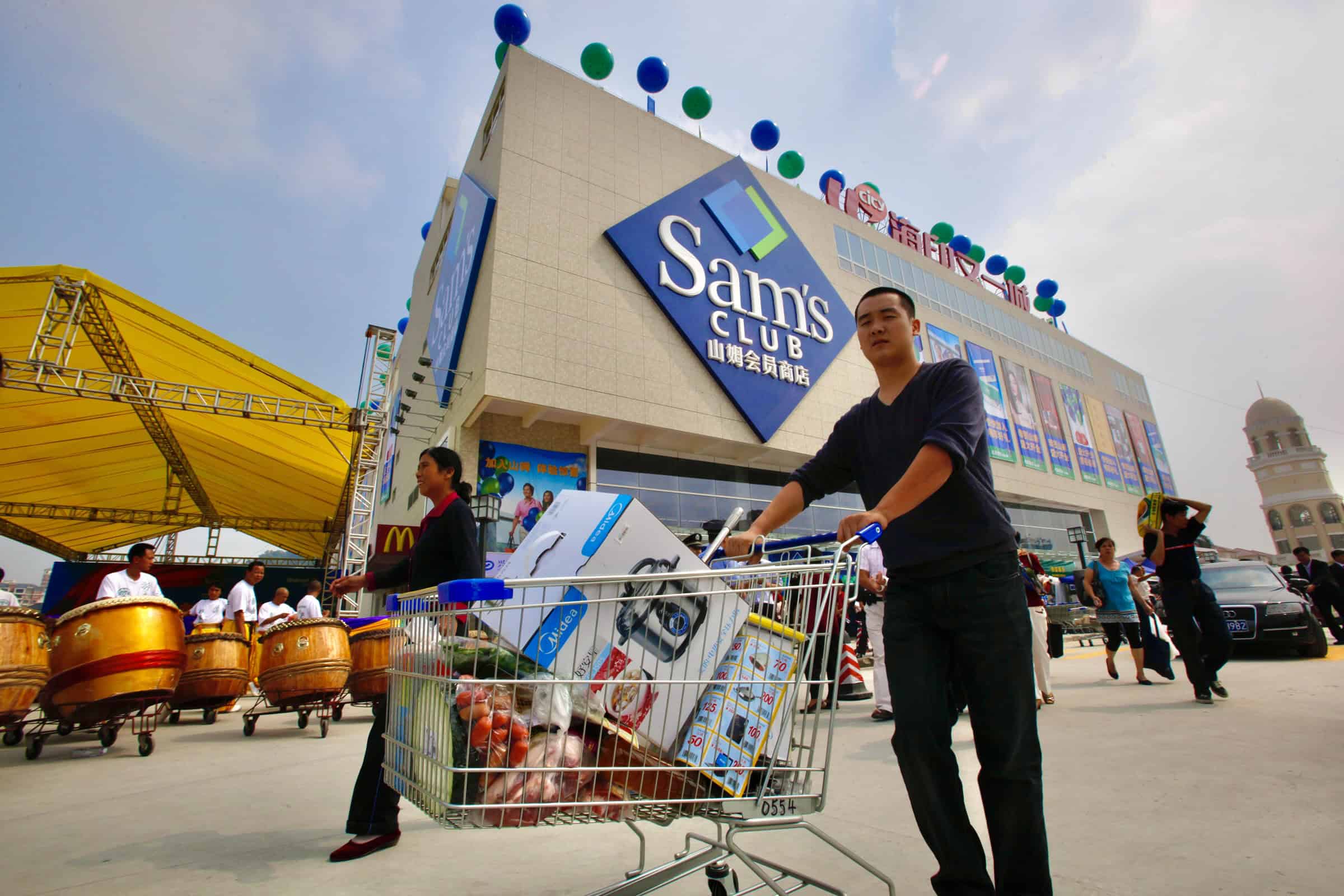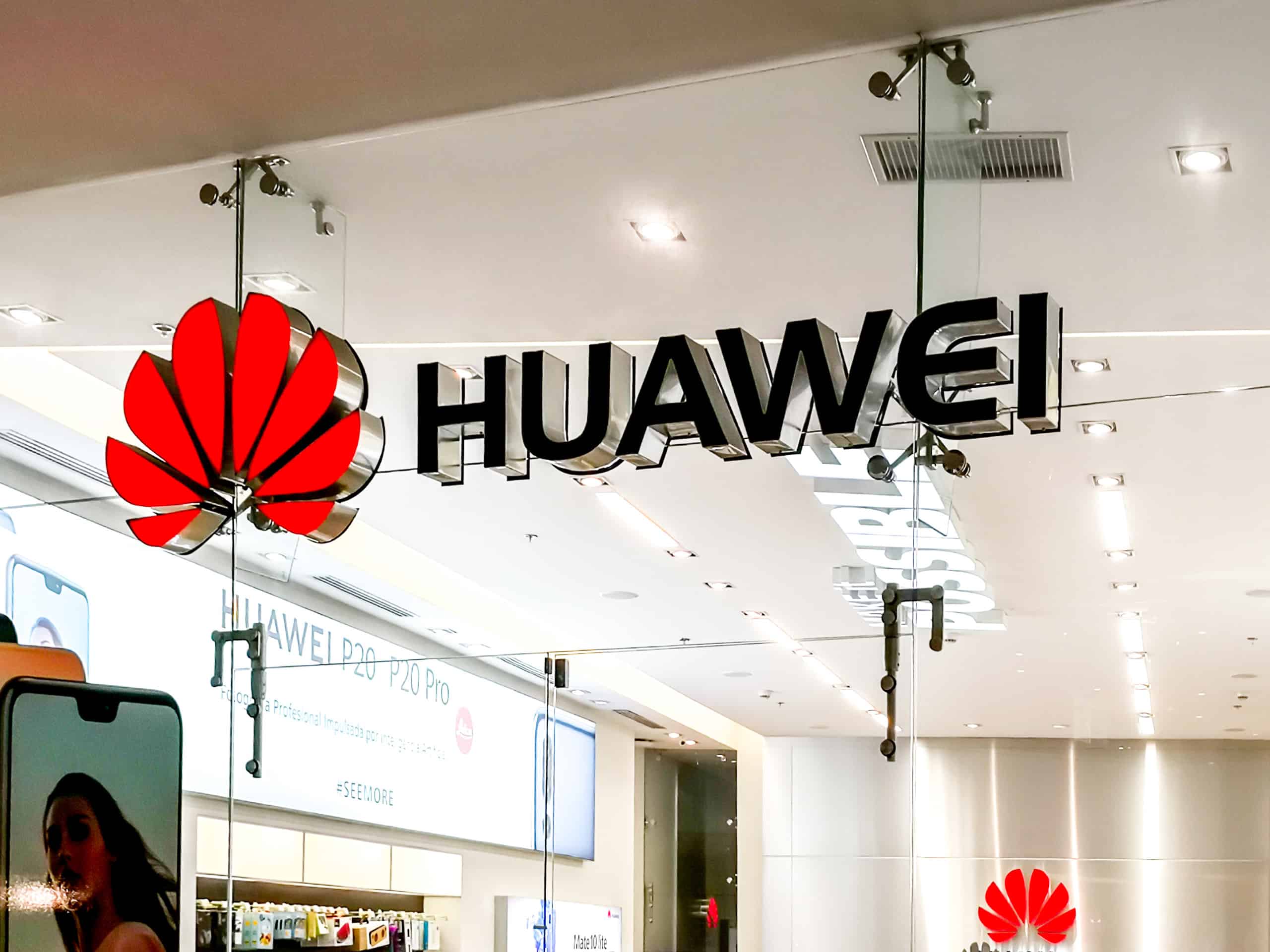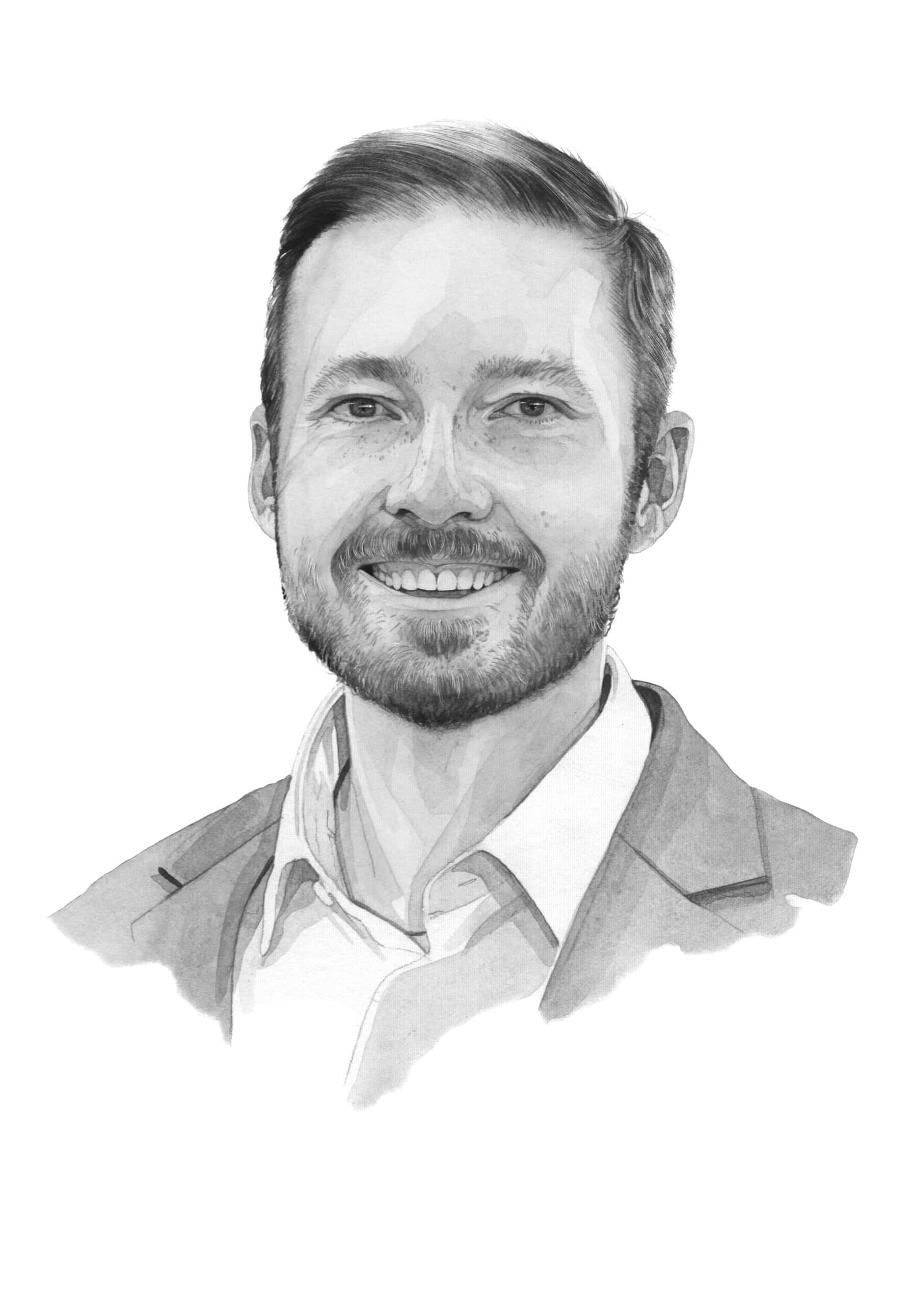Ernest Scheyder is a senior correspondent at Reuters, where he reports on the clean energy transition and critical minerals. Those topics form the subject of his new book, The War Below: Lithium, Copper, and the Global Battle to Power our Lives, in which he travels around the U.S. and beyond to illustrate the issues around mining and producing the rare earths and other minerals that are vital to products from electric vehicles to smartphones. The book describes the trade-offs involved as the U.S
Navigate China's Business Landscape with Confidence.
- Gain visibility into supplier risks
- Easily manage trade compliance
- Conduct in-depth due diligence



